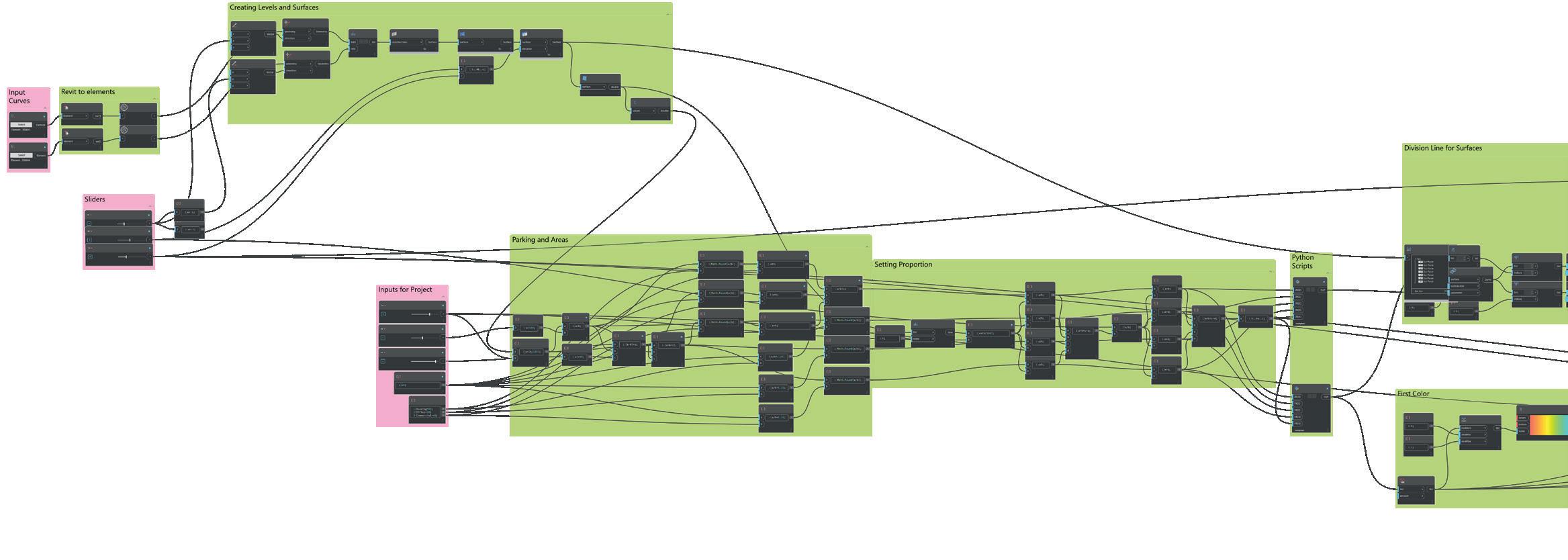
1 minute read
Offsite Manufacturing
A Sub assembly workstation (SAW) is a collection of assembly activities that have been ergonomically engineered to build a platform in the most effective and efficient way possible. Creation of multiple zones within the ceiling void for ductwork, pipework, cable trays, lighting, etc as seen in images below. Increases the overall volume of the work; Creation of multiple zones within the ceiling void for ductwork There would be tremendous advantages to be gained from the development of well coordinated ceiling cassettes (fig 22), which would combine structural, architectural, and MEP elements into a single assembly and be compressed. (Wood, 2018)

A significant reduction in work at height; a better quality installation as a result of assembly on a workbench; a reduction in the overall depth and volume of the asset; a dramatic reduction in the amount of time required for installation on site as a result of lifting multiple elements in a single operation; the ability to easily mass customise the product by making use of standard components and processes. Thus, designing SAWs should employ the simplest assembly methods available. The platform development philosophy of using as little manufacture as feasible minimises labour and trades, amplifying this impact. SAWs need no building experience or training by keeping jobs simple. SAWs might "decompose" and "recrystallize" deals. SAWs can train low-skilled workers to make "Superblocks," as seen in the sub assembly case study. (Wood, 2018)










